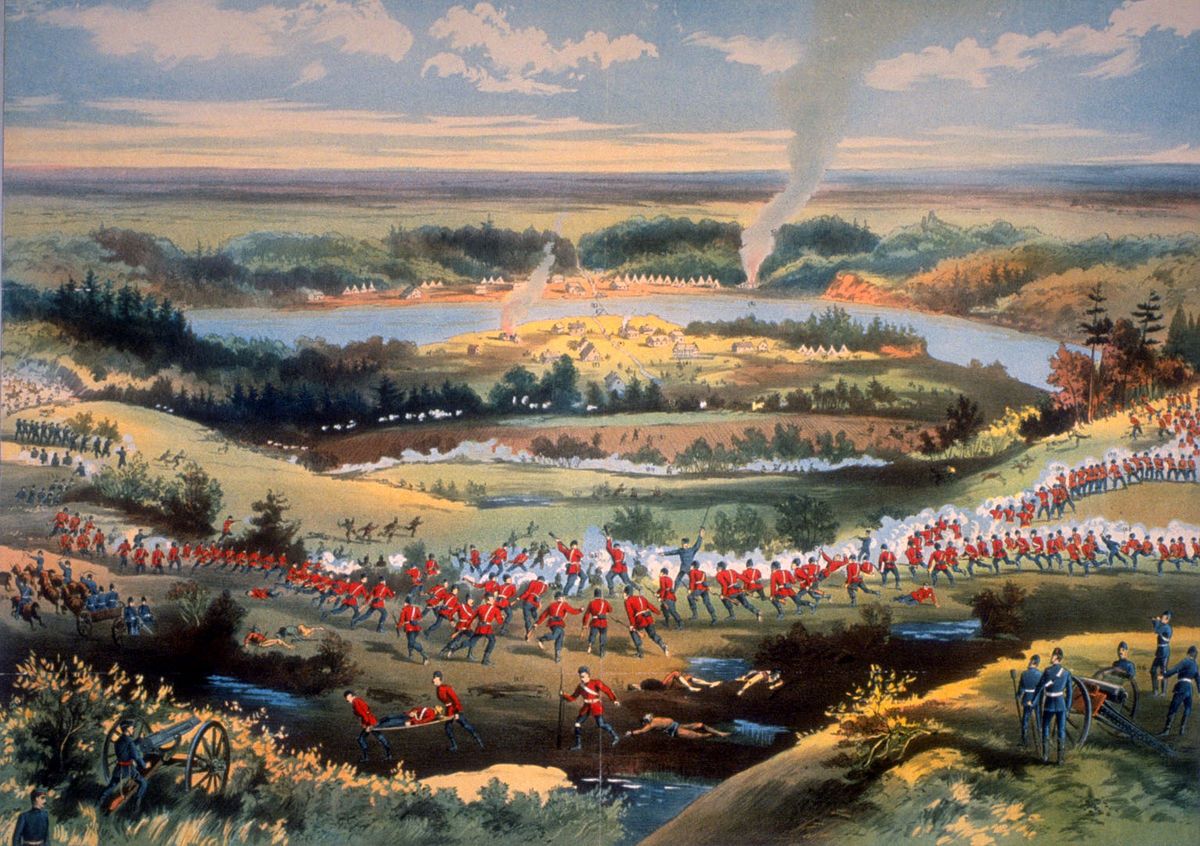Hidden Outposts Of The Riel Rebellion

Have you ever wondered about the hidden outposts of the Riel Rebellion? This historical event, also known as the North-West Rebellion, took place in 1885 in what is now Saskatchewan and Alberta, Canada. Led by Louis Riel, the Métis people and their allies fought against the Canadian government. Many of the key locations remain lesser-known but hold significant historical value. From Batoche, where the final battle occurred, to Fort Carlton, an important supply post, these sites offer a glimpse into the past. Visiting these hidden outposts can provide a deeper understanding of the struggles and triumphs during this pivotal time in Canadian history.
Hidden Outposts of the Riel Rebellion
The Riel Rebellion, also known as the North-West Rebellion, was a significant event in Canadian history. It involved the Métis people, led by Louis Riel, fighting against the Canadian government in 1885. While many know the major battle sites, several hidden outposts played crucial roles. These lesser-known locations offer a unique glimpse into the past.
Forgotten Battlefields
Some battlefields of the Riel Rebellion remain largely forgotten. These sites witnessed intense skirmishes and strategic maneuvers.
Fish Creek
Fish Creek, also known as Tourond's Coulee, saw a fierce battle on April 24, 1885. The Métis, under Gabriel Dumont, ambushed government troops, causing significant casualties. The creek's winding paths and dense foliage provided perfect cover for the Métis fighters.Batoche
Batoche served as the headquarters for Riel and his followers. The Battle of Batoche, fought from May 9 to 12, 1885, was the rebellion's climax. Although well-known, the surrounding areas hold hidden stories of smaller skirmishes and strategic retreats.
Secret Supply Routes
Supply routes were vital for both the Métis and government forces. These hidden paths ensured the flow of food, ammunition, and communication.
South Saskatchewan River
The South Saskatchewan River acted as a lifeline for the Métis. They used the river to transport supplies and move troops discreetly. The river's many bends and islands provided natural hiding spots from enemy patrols.Carlton Trail
The Carlton Trail was a major overland route connecting Fort Garry (Winnipeg) to Fort Edmonton. During the rebellion, both sides used this trail to move supplies and reinforcements. Hidden camps along the trail served as rest stops and strategic points.
Covert Meeting Spots
Secret meetings were essential for planning and coordination. These hidden spots allowed leaders to strategize without detection.
Duck Lake
Duck Lake, near Batoche, was the site of the rebellion's first battle on March 26, 1885. Before the battle, Métis leaders held covert meetings in the surrounding woods to plan their attack. The dense forest provided excellent cover for these gatherings.Fort Pitt
Fort Pitt, located on the North Saskatchewan River, was a Hudson's Bay Company trading post. During the rebellion, it became a meeting spot for Cree and Métis leaders. The fort's remote location made it ideal for secret discussions.
Hidden Refugee Camps
As the rebellion intensified, many Métis families sought refuge in hidden camps. These camps provided safety and a place to regroup.
St. Laurent de Grandin
St. Laurent de Grandin, a small Métis settlement, became a refuge during the rebellion. Families fleeing the conflict found shelter in the community's hidden camps. The surrounding hills and forests offered protection from government forces.Frog Lake
Frog Lake, the site of a tragic massacre, also served as a hidden camp for Métis and Cree families. After the massacre on April 2, 1885, survivors sought refuge in the nearby woods. These hidden camps provided a temporary haven during the chaos.
Lesser-Known Forts
Several forts played crucial roles during the rebellion but remain lesser-known today. These forts served as strategic points for both sides.
Fort Carlton
Fort Carlton, a Hudson's Bay Company post, was a key supply depot for government forces. The fort's strategic location made it a target for Métis attacks. Although it eventually fell to the Métis, its role in the rebellion is often overlooked.Fort Qu'Appelle
Fort Qu'Appelle, located in present-day Saskatchewan, was another important site. It served as a gathering point for government troops and a base for launching operations. The fort's hidden outposts in the surrounding hills played a crucial role in monitoring Métis movements.
Discovering History's Hidden Corners
Exploring the hidden outposts of the Riel Rebellion offers a unique glimpse into Canada's past. These sites, often overlooked, hold stories of bravery, struggle, and resilience. Visiting places like Batoche, Duck Lake, and Fort Carlton provides a deeper understanding of the events that shaped the nation. Walking through these historical locations, you can almost hear the echoes of the past.
These outposts aren't just relics; they are living memories that connect us to the people who fought for their beliefs. Whether you're a history buff or just curious, these sites are worth the trip. They remind us of the importance of remembering and learning from history. So next time you're planning a trip, consider stepping off the beaten path and visiting these hidden gems. You'll leave with a richer appreciation for Canada's heritage.

